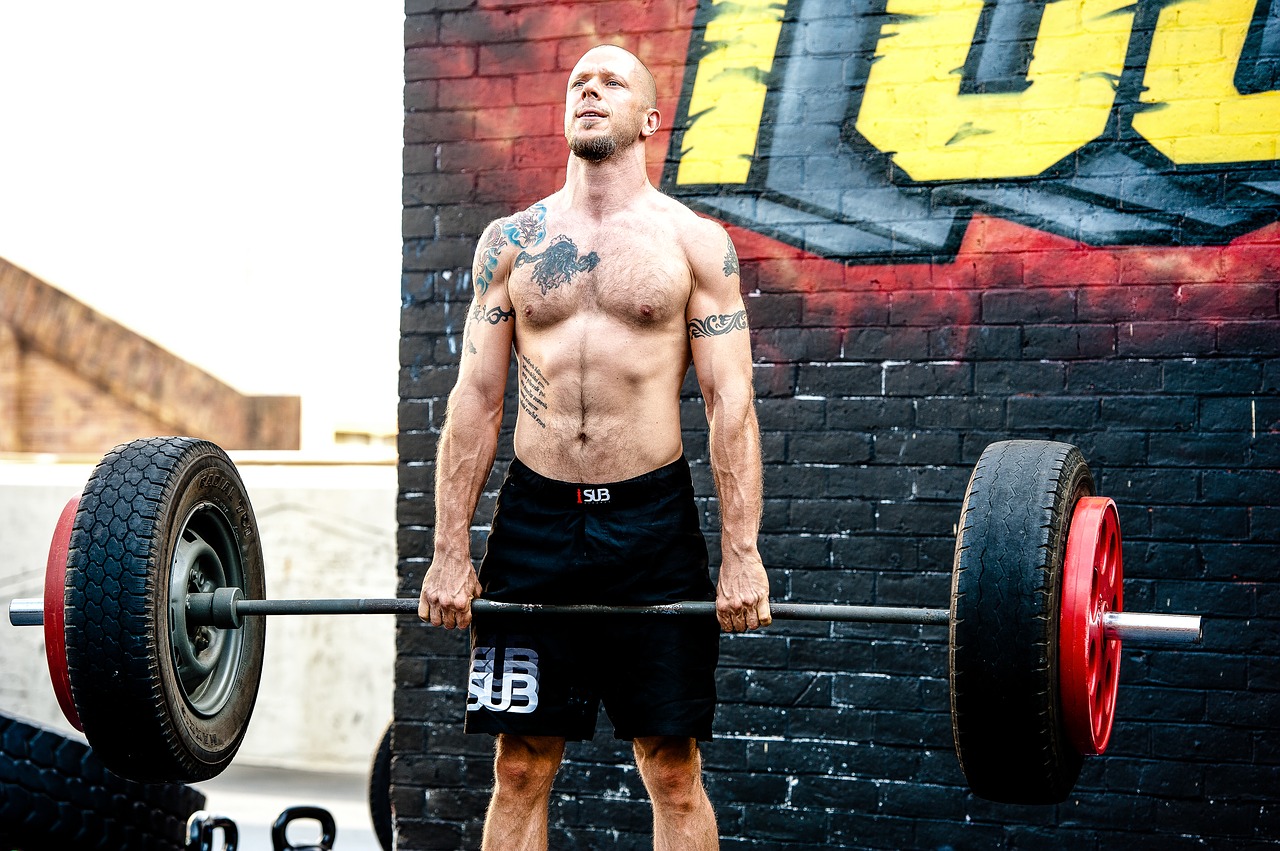Bicep tears are pretty gnarly. They’re extremely painful, can put a lifter out of commission for months — even squats can be prohibited — and they can come out of nowhere. You can do curls and chin-ups all day and strengthen the muscle to its uppermost limit and still tear it from a deadlift gone bad. Why?
Because bicep tears don’t have all that much to do with the biceps.
Editor’s note: The content on BarBend is meant to be informative in nature, but it should not be taken as medical advice. The opinions and articles on this site are not intended for use as diagnosis, prevention, and/or treatment of health problems.
What Is Regional Interdependence?
Among strength athletes, the most common cause of the injury is during deadlifts, but “cause” is a bit of a misnomer. More often than not, the tear is more of a symptom of problems elsewhere.
“Physical impairments from a lack of strength in another place can end up driving a pathology,” says Steve Horney, DPT, CSCS, a physical therapist based in New York City. “Can you achieve and maintain a neutral spine? Can you lock down your lats? Is your rotator cuff nice and strong? Are your shoulders in the right place? It’s just as important to make sure the bicep can handle a load as it is to make sure the load is evenly distributed throughout the body.”
“The bicep is more the straw that breaks the camel’s back as opposed to being the core problem,” adds Horney’s colleague Stephen Chao, DPT, CSCS. “It’s like any dynamic mechanical system. If there’s an inefficiency, it’s not gonna be the motor of that system that breaks down, it’s gonna be the weak point in the chain.”
That’s called regional interdependence: basically, strength is rarely a localized matter. The top four things these PTs will look at to judge a lifter’s susceptibility to a bicep tear are the scapular mobility, thoracic mobility, hip mobility (particularly the hip hinge), and rotator cuff health. Check out those articles for more detailed exercise guides that may, at the end of the day, lower your risk of tearing a bicep during deadlifts or other exercises.
For example, let’s say you like to pull sumo.
“If your hip mobility and hip mechanics are off, you don’t have enough adductor or groin muscle length to get into a deep enough sumo position such that you can keep a neutral spine and your shoulders over the bar, then your knees are going to be set back and you’re going to pitch,” says Chao. “That puts the bicep at risk. Think of the leverages: if the bar moves away from you, the leverage increases. So you can easily make the argument that while the bicep is the injury, the problem is the hip.”
But remember that even something as “simple” as having a weak core or tight hamstrings can cause the back to round and increase the risk of tearing a bicep. You simple-but-complicated truth is that you need to work on everything.
Can Antibiotics Cause Ligament Tears?
When Tom Martin recently tore his bicep, he suspected some correlation with the antibiotics he’d been taken, and it is indeed true that some antibiotics like Cipro and other fluoroquinolones can significantly increase the risk of tendons rupturing.
A big issue is that many doctors won’t bring up these concerns with their patient when prescribing them, since so few people in the general population are lifting heavy weights. Talk with your doctor about any antibiotics you’re taking.
There’s another kind of “medication” that can also increase the injury risk: anabolic steroids.
“If an athlete is doing any kind of anabolic steroids, their tendon integrity could be at risk just from progressing so much so quickly without enough tendon hypertrophy,” says Chao. “You need steady, gradual loading to keep tendons healthy, even if your strength is increasing very fast.”
Horney recommends a lot of eccentric lifting to help with this aspect of fitness, likening eccentrics to the rappers T-Pain or Lil Jon. “They should always be featured, but they shouldn’t be the primary focus.”
So Is There a Best Deadlift Grip to Avoid a Bicep Tear?
You’ll hear a lot of folks recommending you never do mixed grip deadlifts or always do hook grip deadlifts, but the timeless (though frustrating) truth is that it depends on your body, your anthropometry, and your history.
“Grip on a deadlift is very individual to the athlete,” says Chao. “As a competitive powerlifter, you’re going to need to choose what allows you to pull most efficiently and lock the bar most efficiently. I think it’s more safe to say there isn’t a best deadlift grip, there’s gonna be a best deadlift grip for you.”
Bicep tears happen when the muscle is put under a load it can’t handle, so when it comes to pulling heavy loads you really want do whatever you can to minimize the load on the bicep. (It is, after all, a pretty darn small muscle.)
Whatever grip you choose — and admittedly, hook grip does make this a little easier — don’t pull with the bicep to lift. Keep a natural bend in the arm and don’t initiate any kind of curl. Your arms are holding the weight, but they’re not really lifting it.
Extra Tips
Chao and Horney note that collagen supplementation, proper hydration, following an anti-inflammatory diet, and ensuring sufficient rest between workouts also play a part in avoiding ligament tears.
The Takeaway
As you can see, bicep tears can be impacted by almost any area of the body — even weak ankles can interfere with your knee and hip alignment and increase your risk.
The bottom line: don’t cut corners, don’t skip mobility, do your accessory exercises, and take a holistic approach to your health and fitness.
Featured image via @creepshowphysiques on Instagram
